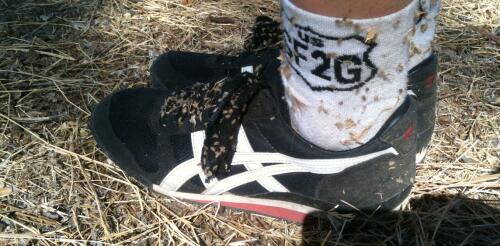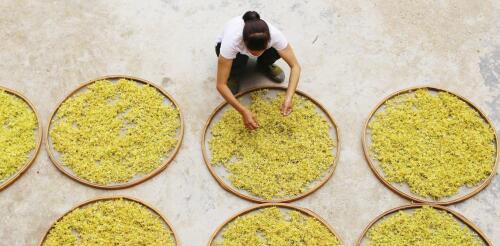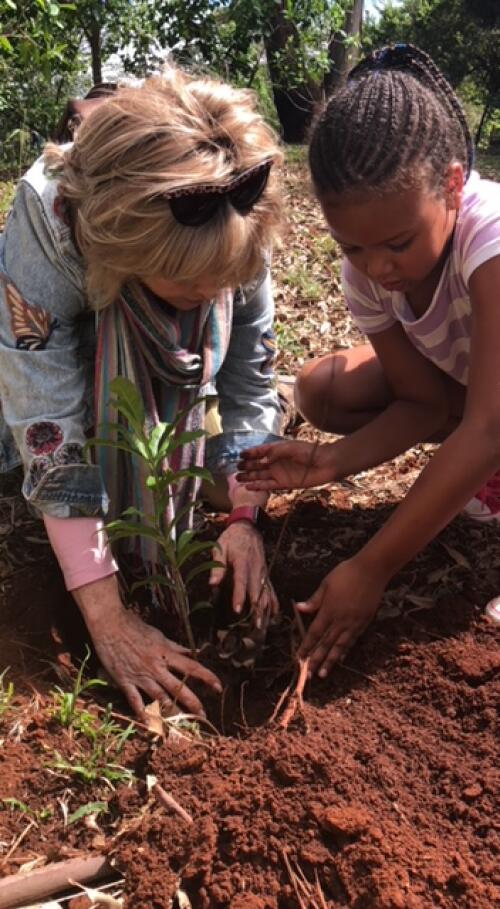Conservation
With spring settling in across the U.S. and days lengthening, many people are ready to spend more time outside. But after a walk outdoors, have you ever found seeds clinging to your clothes? Lodged in your socks and shoelaces? Perhaps tangled in your pet’s fur? While most of us don’t give these hitchhikers much thought, seeds and burrs may be the first signs of invasive plant spread. Certain species of non-native invasive plants produce seeds designed to attach to unsuspecting animals or people. Once affixed, these sticky seeds can be carried long distances before they fall off in new environments. With favorable conditions, they can become established quickly and outcompete native plants. Outdoor recreation has expanded at a record pace across the U.S. in recent years. Overcrowding in outdoor spaces has many harmful effects, from degrading trails to accelerating the introduction and spread of invasive plants. As a recreation ecologist and an avid hiker, I study h...
The Russian invasion of Ukraine launched in February 2022 has sent economic, social and political shock waves around the world. In a newly published policy brief, we and other researchers and conservation scientists describe how these effects extend to biodiversity conservation efforts far beyond Ukraine. Animals, plants and ecosystems don’t recognize political boundaries, so protecting them often requires international cooperation. Over many decades, countries have developed a network of international agreements and arrangements for protecting biodiversity. Now, however, the war at Russia’s hands is delaying a number of those efforts, stopping others, and even sending some into reverse. War and the spoon-billed sandpiper As one example, efforts to save the critically endangered spoon-billed sandpiper (Calidris pygmaea) from extinction are now at risk as a result of the war in Ukraine. Russia’s treeless tundra, in the high Arctic, is the summer home of coun...
China is well known for its medicinal use of wild plants, a tradition that dates back thousands of years. These traditional Chinese medicines include many wild orchids, some quite showy. Typically, orchids are consumed alone or mixed with other herbs in tea or soup. The health benefits vary depending on species; conditions for which orchids are used include immune system boosting, hypertension and stroke. Many of these medicinal orchids are among the 40-plus species in the genus Dendrobium. In recent decades, supplies of wild-sourced medicinal Dendrobium orchids have declined steadily, with shortages of some types. This is occurring in the limestone regions of Guizhou and Guangxi, the main area where Dendrobium has grown naturally, due to a combination of overharvesting by collectors and habitat loss. I am an ecologist and lead several research projects in southwestern China, where the nation’s first orchid nature preserve is located in a zone with a highly diverse asso...
When the COVID-19 pandemic first emerged, many wildlife disease researchers like me were not too surprised. Some were intrigued it hadn’t happened sooner; after all, it is our job to observe, describe and study pandemic dynamics in animals. Amphibians, for example, have been undergoing a global panzootic – the animal version of a pandemic – for decades. In the late 1990s, researchers identified the amphibian chytrid fungus, which causes the often-lethal disease chytridiomycosis, as the probable culprit behind frog and salamander declines and extinctions from Australia to Central America and elsewhere that began 10, 20 or even 30 years before. Scientists have found this pathogen on every continent that amphibians inhabit, and the extensive global amphibian trade has likely spread highly lethal strains around the world. The amphibian chytrid fungus is widespread in some geographic regions, and, like the virus that causes COVID-19, it can mutate rapidly and take n...



